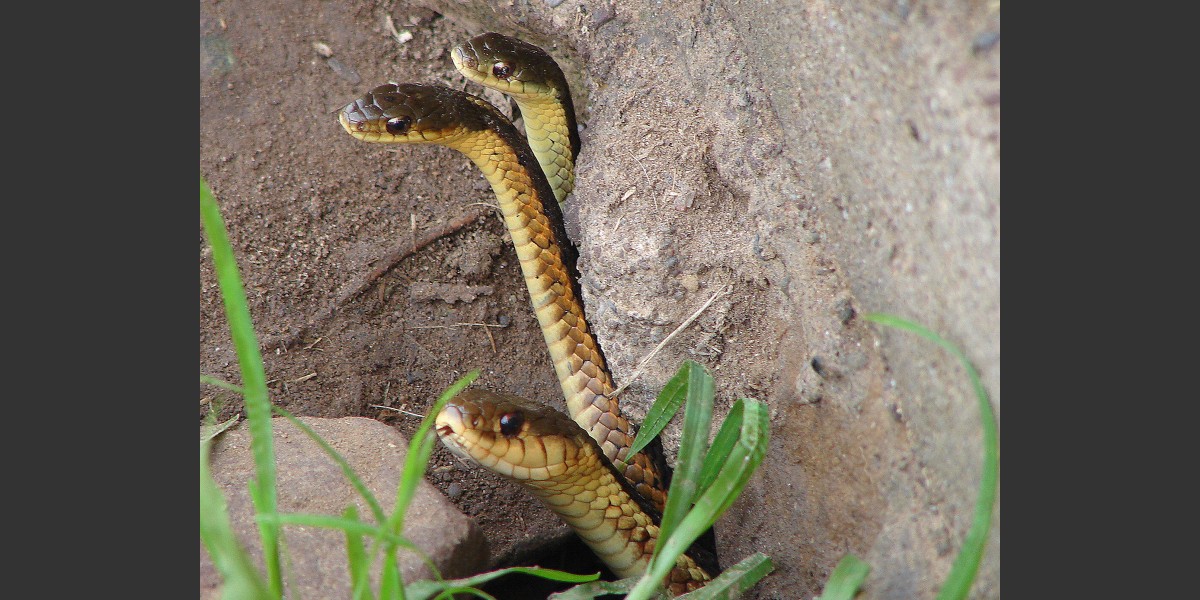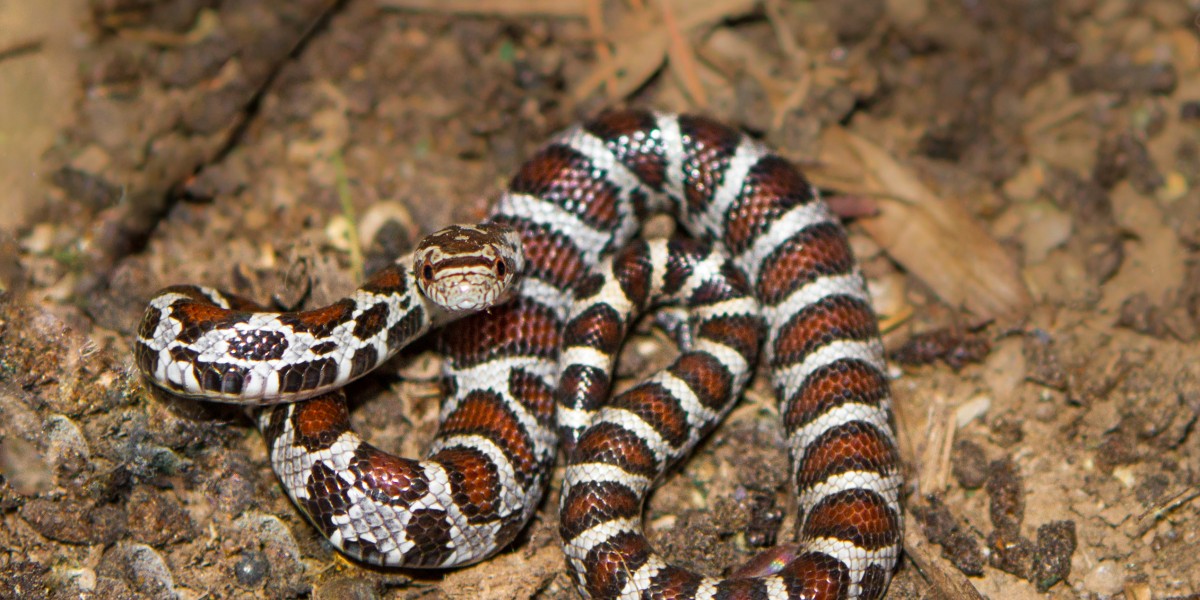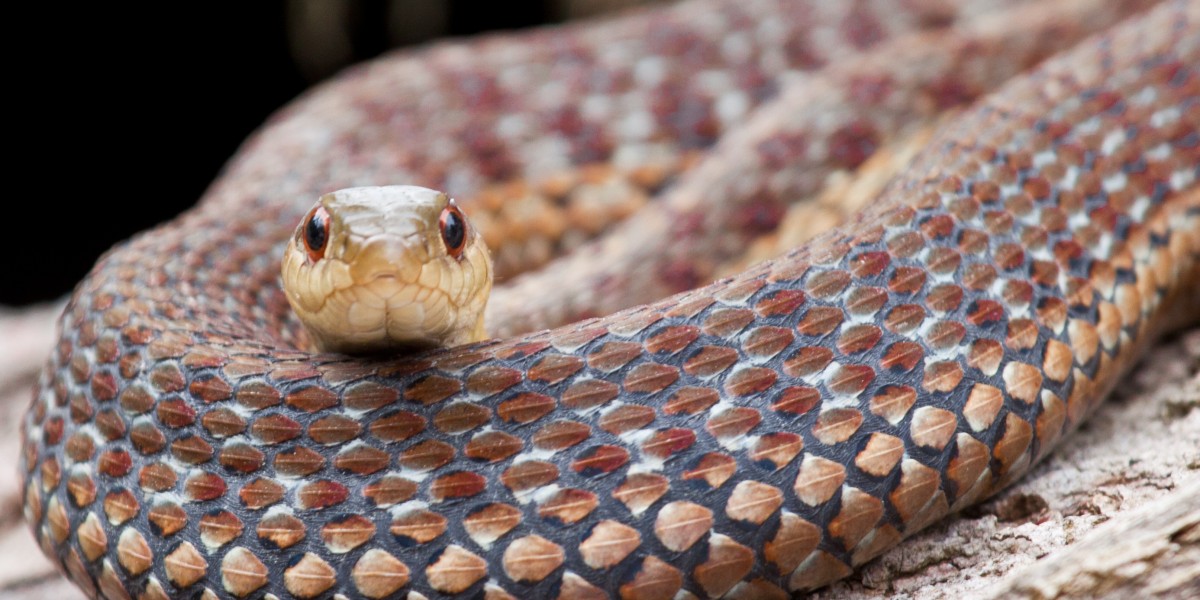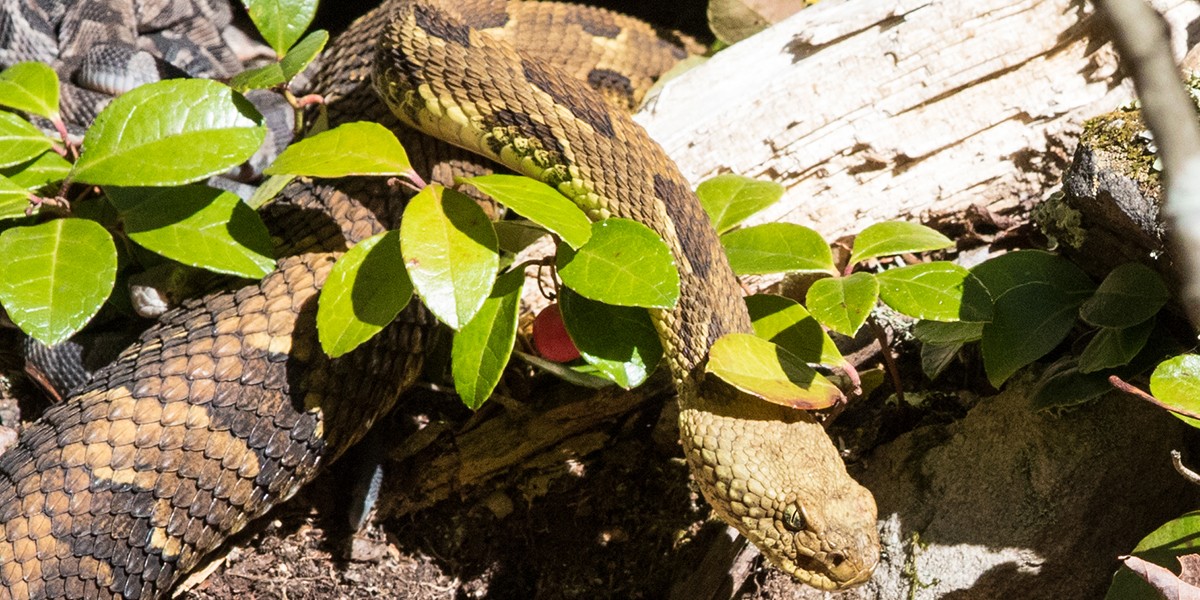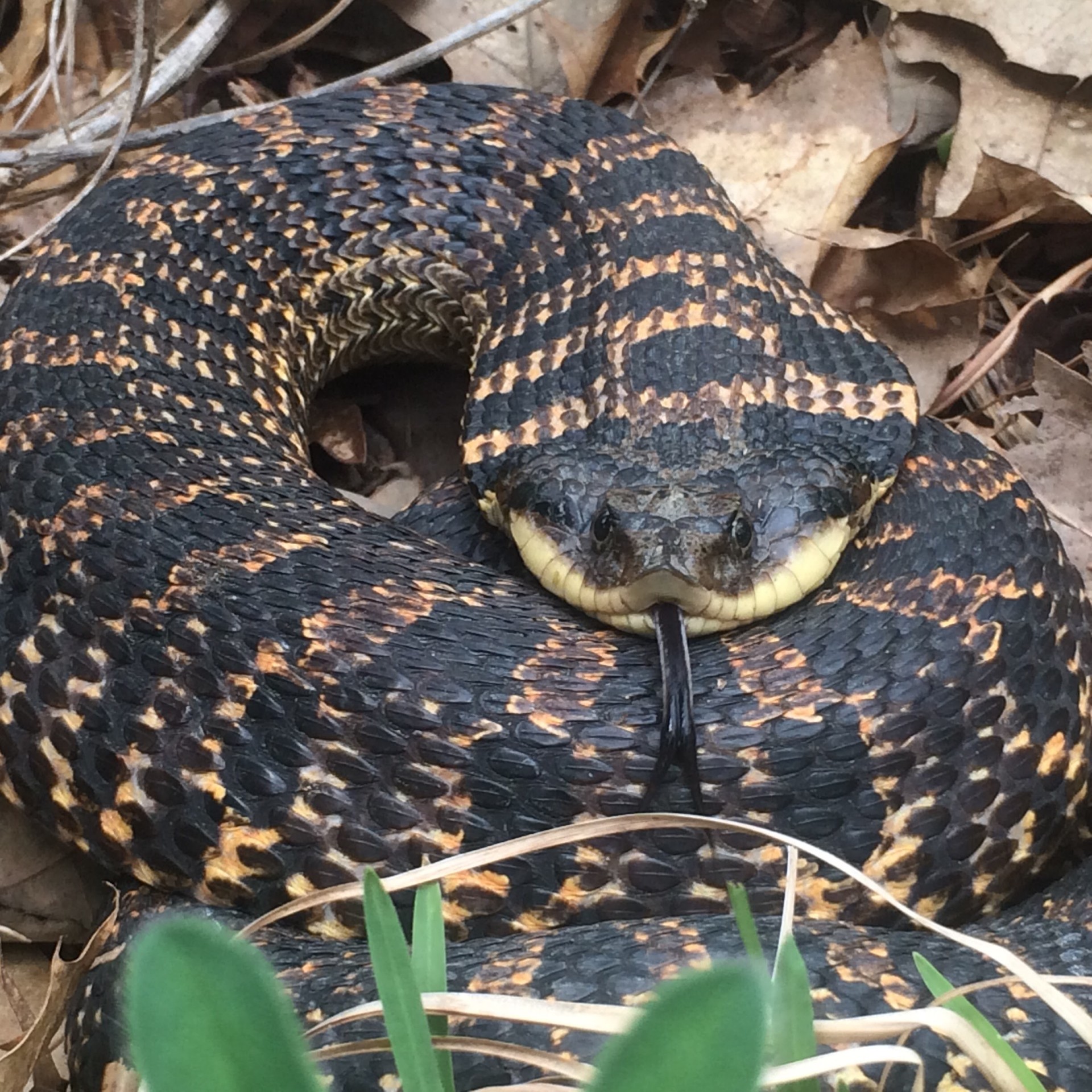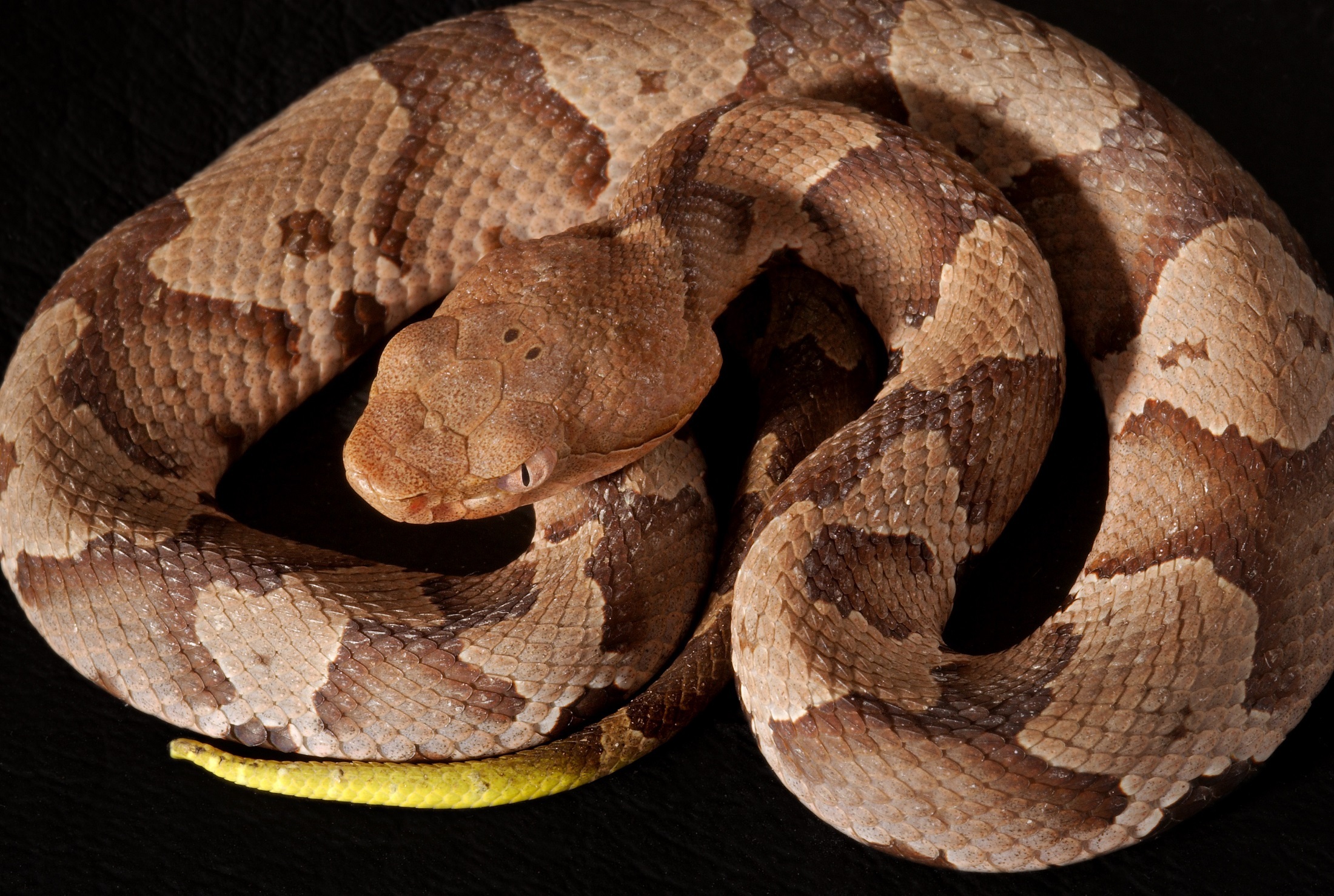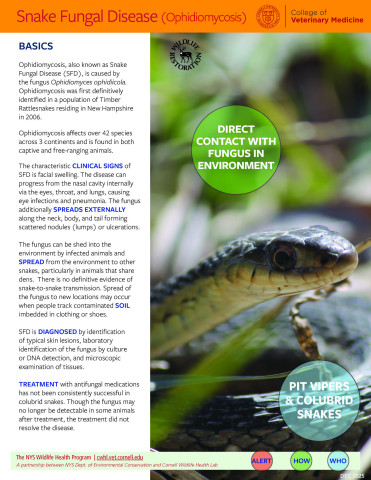If you live in New York, chances are you have seen a native snake. Snakes need to raise their body temperature by basking in the sun in order to digest food and carry out their day to day activities. Because of this, this is the time of year where snakes are often encountered, trying to catch some sun on a cool spring day or hunting for the first meal since overwintering. Whether you like the serpents or are just learning to live with them, snakes offer a wide range of benefits, both ecologically and to humans.
New York has 17 species of native snakes distributed throughout the state. Some are very common while others are quite rare, including two endangered, one threatened, and two special concern species. Even though New York is home to three venomous species, including Massasauga, Timber Rattlesnakes, and the Northern Copperhead, most people will never encounter one due to their habitat needs.
There are numerous snakes that people often mistake for their venomous counterparts, and no single reliable feature identifies one from the other. Take the hognose snake, for example: they will puff out their head to give them the same triangular silhouette that people associate only with venomous vipers. If you’re in doubt, leave the snake alone and it will move on. Snake bites occur most commonly when people attempt to move or kill a snake, unnecessary solutions to both harmless and venomous animals. All snakes would prefer to hide or leave, rather than bite, if given the opportunity.
Snakes found around the home are most likely seeking shelter or a meal. This makes them a great form of natural pest control, helping to reduce rodent populations which reduces the prevalence of pests and pathogens such as ticks with Lyme disease. Snakes also often benefit agricultural operations where rodents can damage valuable crops. In addition to the benefits of employing the snake-as-predator option, they are also a vital part of the food chain as prey items for raptors, coyotes, cat species, and even other snakes! Interestingly, there is also evidence that components from certain venoms, like that from our native copperhead, impair tumor growth and inhibit the migration of cancer cells.
Copperhead Snake
So we’ve learned that snakes, even venomous species, do not need to be feared, and we’ve learned that they offer many benefits. Now, what can you do to control them around your house? If you want to invite them into your yard, you can provide cover objects such as rock and brush piles and areas of tall grass. If you are looking to dissuade them from using your property, do the opposite, and also clean up anything that would attract their rodent prey such as bird seed and pet food.
Everything you wanted to know about Snake Fungal Disease but were afraid to ask
Preview photo: Garter snake, photo by Laurie Dirkx




